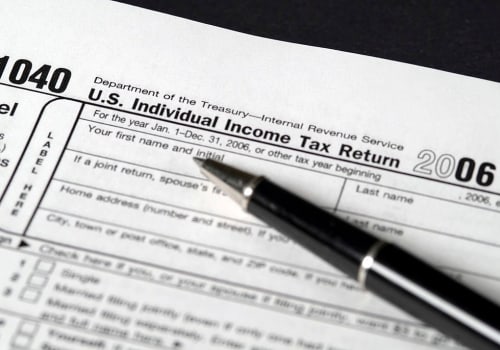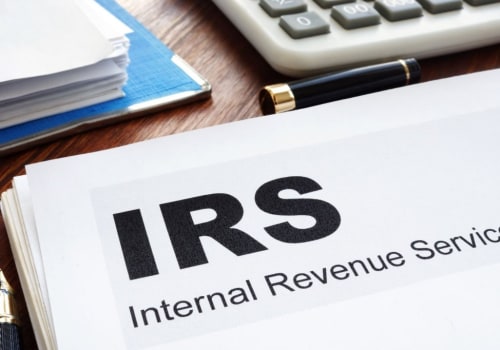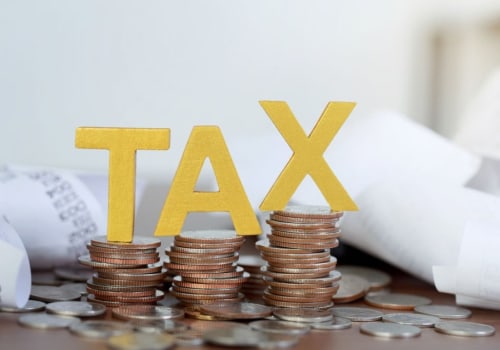The short answer is Yes, but it's best to ask for professional help to get that forgiveness. Check out what every taxpayer needs to know about the IRS debt forgiveness program. The fiscal impact of debt forgiveness or cancellation depends on your individual facts and circumstances. Generally, if you borrow money from a commercial lender and the lender later cancels or forgives the debt, you may have to include the canceled amount in income for tax purposes.
Generally, the lender must report the amount of the canceled debt to you and to the IRS on Form 1099-C, Debt Cancellation. There are several exceptions to the taxation of canceled debt, such as insolvency or bankruptcy. True tax forgiveness comes in the form of credits against back taxes. These credits may reduce part or all of your tax liability.
To qualify, you must ensure that the IRS takes into account your taxable and non-taxable income, as well as the size of your family and your specific financial situation. If you have the resources to pay a partial amount of your tax debt to the IRS, there is still hope. You can apply for the IRS government's payment plan called the Pledge Offer (OIC) to resolve the remaining amount. Depending on your financial capacity and your acceptance, the IRS significantly reduces the total debt you can pay.
This reduced amount can be paid in a lump sum or in fixed monthly payments. To monitor your forgiveness of tax debts, the IRS will continuously evaluate your financial situation. Taxpayers who signed a contract with one or another tax debt relief company (and paid thousands of dollars in advance) complained to the Federal Trade Commission about unauthorized charges on their credit cards or withdrawals from their bank accounts. The IRS can even seize or tax property, invade your bank account and even garnish your paycheck.
The idea is that the amounts withheld from the tax calculation reflect your deductions so that you don't end up owing much at the end of the year. To qualify for not currently being collectible, your financial circumstances must be at a level where any payment to the IRS represents a significant financial hardship for you and your family. IRS debt forgiveness applies if the taxpayer can claim extreme financial hardship and if all previous tax returns have been completed. Tax debt forgiveness will be calculated according to your particular circumstances, together with a payment plan.
Tax debt relief is a broad concept that encompasses a variety of options, each designed to achieve the best possible peace between taxpayers who have been left behind and the IRS. There are a few other things that can help you qualify for a higher level of tax forgiveness or a full forgiveness of your back taxes. To find out if you are eligible for the IRS debt forgiveness program, your case must be examined. When the IRS considers forgiving your tax liability, it first analyzes your current financial situation.
While state and local tax authorities also offer debt settlement programs similar to those of the IRS, there can be important differences. The IRS debt forgiveness program was created to help taxpayers with the complex process of forgiving tax debts and to organize an appropriate debt repayment plan. With installment agreements and compromising offers, the IRS's Fresh Start initiative was already attracting struggling taxpayers to comply with the rules, but the expanded program is even more friendly, making it easier than ever to qualify for installment programs or commitment offer agreements. .



